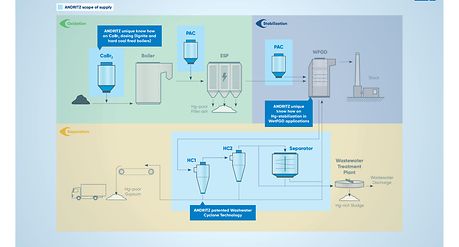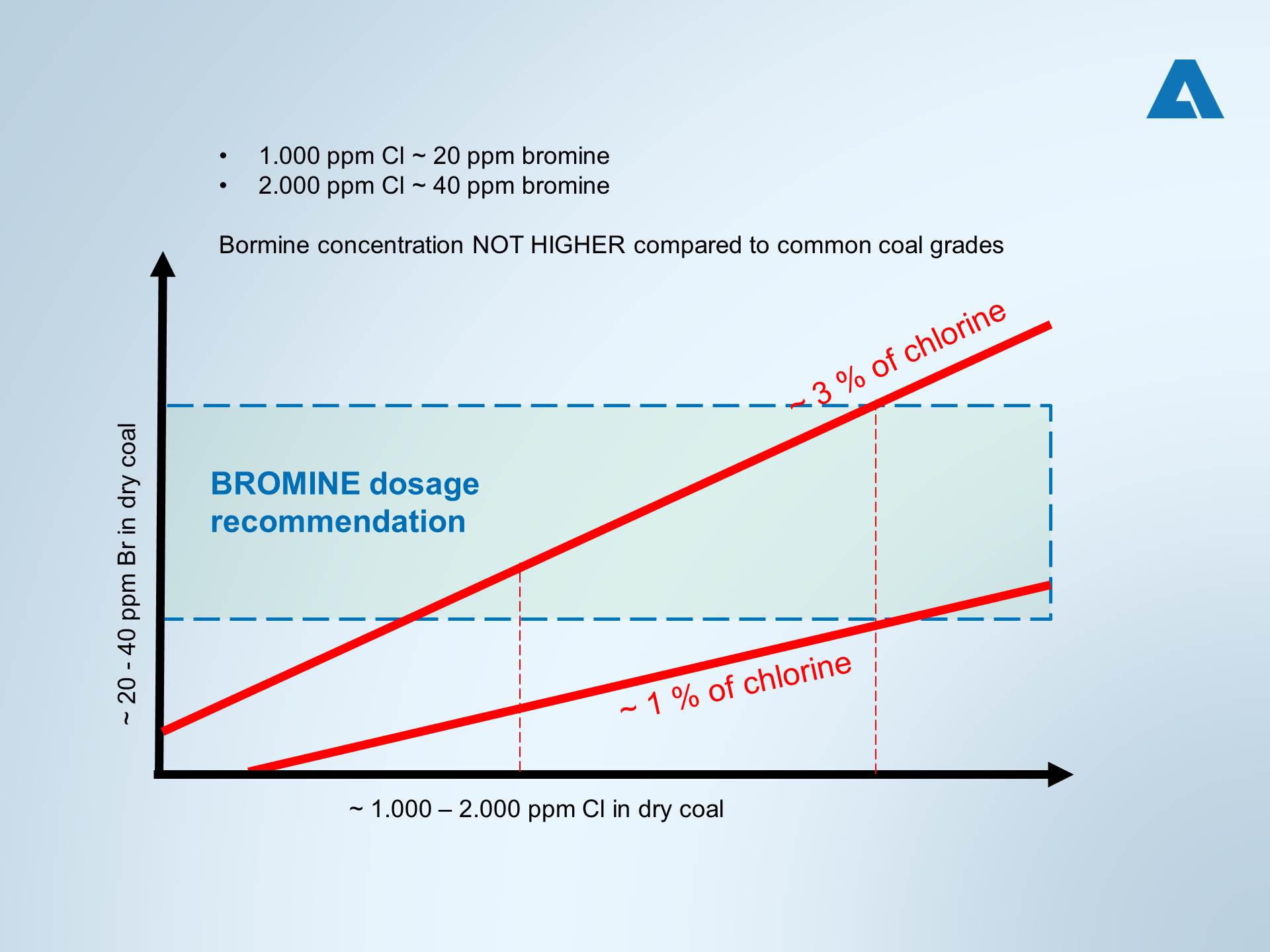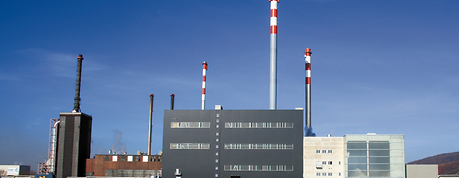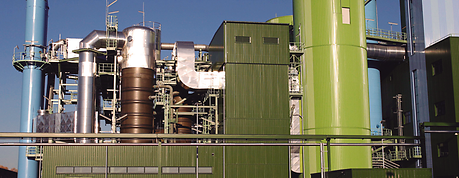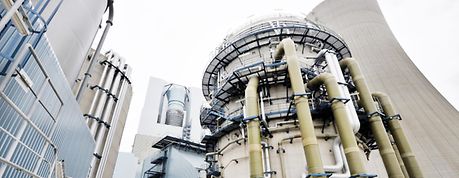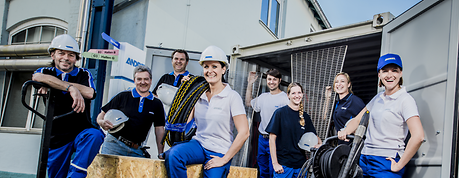The wet FGD is not only a very efficient way of separating acidic components from the flue gas stream, it is also highly efficient when it comes to removal of the oxidized mercury species. However, inconsistencies in wet scrubber chemistry can be linked to re-emissions of mercury that has already been captured. In order to avoid any re-emissions from the FGD process, ANDRITZ focuses particularly on binding and stabilizing the dissolved mercury in the limestone slurry. If, for instance, PAC (powdered activated carbon) injection is applied to inhibit re-emission, the main mercury sink in the conventional process chain will be the FGD by-product – the gypsum. This is unacceptable for two major reasons if the plant management is targeting beneficial use of the FGD product. Firstly, it greatly increases the mercury content in the gypsum, which could render the FGD product useless as a resource for the drywall industry. Secondly, the gypsum whiteness will deteriorate and hence be unattractive for commercial use.
With conventional hydrocyclone systems, the specifically bound mercury cannot be removed efficiently from the gypsum. Thus, ANDRITZ offers a patented hydrocyclone design that clearly separates the mercury-loaded particles (e.g. PAC) from the gypsum and thereby reduces the mercury content in the FGD product to a minimum. This patented wash water hydrocyclone technology is easy to implement and has a clear advantage for any upgrade of existing FGD installations for any upgrade of existing FGC installations in order to enhance mercury transfer to the waste water treatment plant and also to prevent an increase in the mercury concentration within the scrubber.
ANDRITZ offers an upgrade of any mercury reduction system with a clear mercury sink within the FGD system and can draw on long-term experience with any dewatering technology. Thus, a controlled mercury sink is created.


